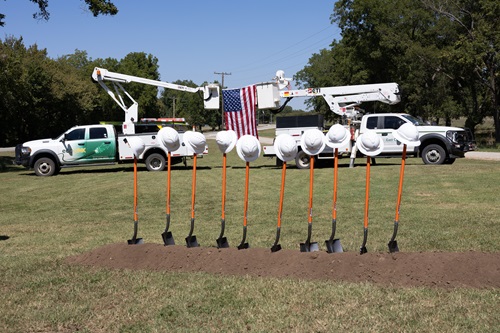East Central Oklahoma Electric Cooperative Launches $4.8 Million Broadband Expansion Project
The Oklahoma Broadband Office (OBO) and ecoLINK Fiber Services recently announced the commencement of two different broadband expansion efforts that aim to bring affordable fiber to unserved homes and businesses in the rural northeastern corner of the Sooner State.
According to an OBO announcement, the two projects will cost $4.8 million and will soon bring fiber to 265 homes and businesses in Creek County.
OBO provided $2.9 million in federal grants made possible by the American Rescue Plan Act (ARPA), with ecoLINK, a subsidiary of the East Central Oklahoma Electric Cooperative (ECOEC), providing $1.9 million in matching funds.

A commencement celebration of the project launch was held in the town of Slick in Creek County on Tuesday, September 10. The deployment is part of more than $374 million in ARPA-enabled grants aimed at shoring up broadband access in the state.
“Expanding broadband access in Slick and throughout rural Oklahoma will unlock new opportunities for education, healthcare, and business, fostering growth and innovation,” OBO Executive Director Mike Sanders said of the launch. “This investment ensures that every resident can get connected and thrive in the modern digital age.”

















